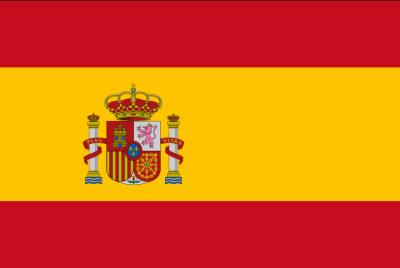This is a guest post by Josep Nebot, Co-founder and Representative Director of p2p lending platform Arboribus (full bio at the end of the article).
Good playing ground for P2P/P2B lending in Spain
Spain has 47 million inhabitants and regarding its real GDP is the 14th biggest economy in the World and the 5th of the European Union. To stablish a p2p / p2b lending platform, the size of an economy matters, but also the composition of its business structure, and Spain should be a perfect ground for the sector to grow. Here are two important variables:
- 99% of businesses are SME’s (less than 250 employees), and 42.2% has less than 10 employees.
- The bankarization of the Spanish economy is huge: Banks represent 85% of the SME’s external financing (being barely 30% in UK), and approximately 95% if we talk about small businesses.
 There are around 10 different active crowdlending platforms in Spain that totaled 13.7 million EUR in 2014. This is a very small figure compared to other countries, but it must be taken into account that most platforms don’t have more than 2 years of history and the growing rate has been huge (2.8 millions of origination in 2013) and the capital risen by these platforms is also much lower.
There are around 10 different active crowdlending platforms in Spain that totaled 13.7 million EUR in 2014. This is a very small figure compared to other countries, but it must be taken into account that most platforms don’t have more than 2 years of history and the growing rate has been huge (2.8 millions of origination in 2013) and the capital risen by these platforms is also much lower.
Specific P2P lending regulation should accelerate the growth rate
Last April 2015 the government issued a piece of legislation that specifically regulates P2P lending activities in Spain, ending a process of negotiation and hard work done by the regulators and most active platforms during more than 12 months.
The regulation will enter into force next march 2015 and I can conclude that it offers more positive than negative aspects in order to help grow the sector and offer legal security to investors, which is critical for everybody but especially for institutional or professional investors.
The law differentiates the figures of accredited and non-accredited investors, imposing a limitation to invest up to 10,000 EURO per year through p2p platforms for the s second ones. Although this limitation may appear too restrictive, in practice most of investors will easily go through the accreditation process enabling them to invest with no restriction at all. To be an accredited investor one needs to have annual income above 50K EUR or financial assets above 100K EUR, or to invest through a vehicle of certain characteristics or to assure receiving professional financial support. All professional or institutional investors, that internationally and also in Spain represent a great part of the investment volume, won’t have any restriction at all to invest and create their portfolio.
To me, there are many elements that will most help gain confidence from investors and especially professional investors. Some examples are the obligation to obtain a registration as a Payment Service Provider (enabling to set a clearer boundary between platforms’ and clients’ money), transparency requirements in relation, for instance, to volumes of credit origination or bad debt rates or minimum capital requirements that are intended to ensure that in case of platform’s bankruptcy there are enough resources to service existing loans.
Recent trend and envisaged future of P2P lending in Spain
Compared to the size of P2P lending markets in the UK or in USA, the Spanish p2p lending market is small. Growth rates, nevertheless, are comparable. Will the p2p lending market in Spain become huge? Is it the right time? There is no doubt to me: yes and yes! Market indicators are good, especially if we see that investments in marketing of the Spanish sector as a whole are nothing compared to those of the Anglo-Saxon countries. The Spanish market has its very special cyclical characteristics that continuously test the p2p nascent market:
In Spain, we saw important “anomalies†like the reduction of the business bank credits as a whole of almost 50% from 500 billion to 300 billion in only 4 years (2009-2013), or the re-opening of that credit all of a sudden at the beginning of this current year at very a low interest rates. Nevertheless, P2P lending goes on gaining market share, gaining costumers, gaining confidence. High Net Worth Individuals are starting to incorporate this asset class into their fixed income portfolios. As platforms gain volume and track record, Family office are starting to invest. The entry into force of the regulation will provide the basis for these clients to seriously invest and move on to the institutional clients.
Author: Josep Nebot
Co-founder and Representative Director of Arboribus since July 2013. Previously worked as a lawyer and as an International Cooperation for Development business consultant in Spain and South America.
